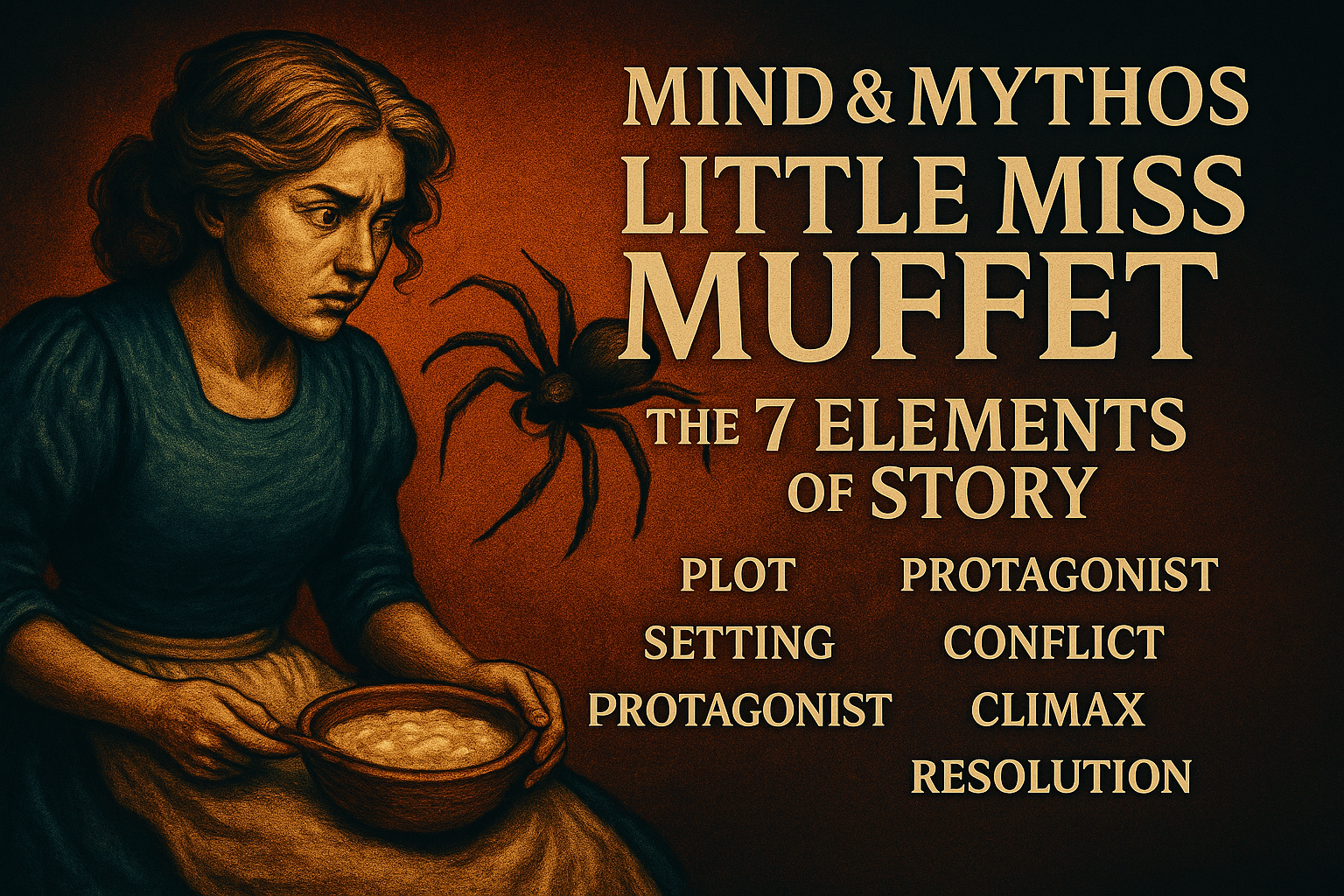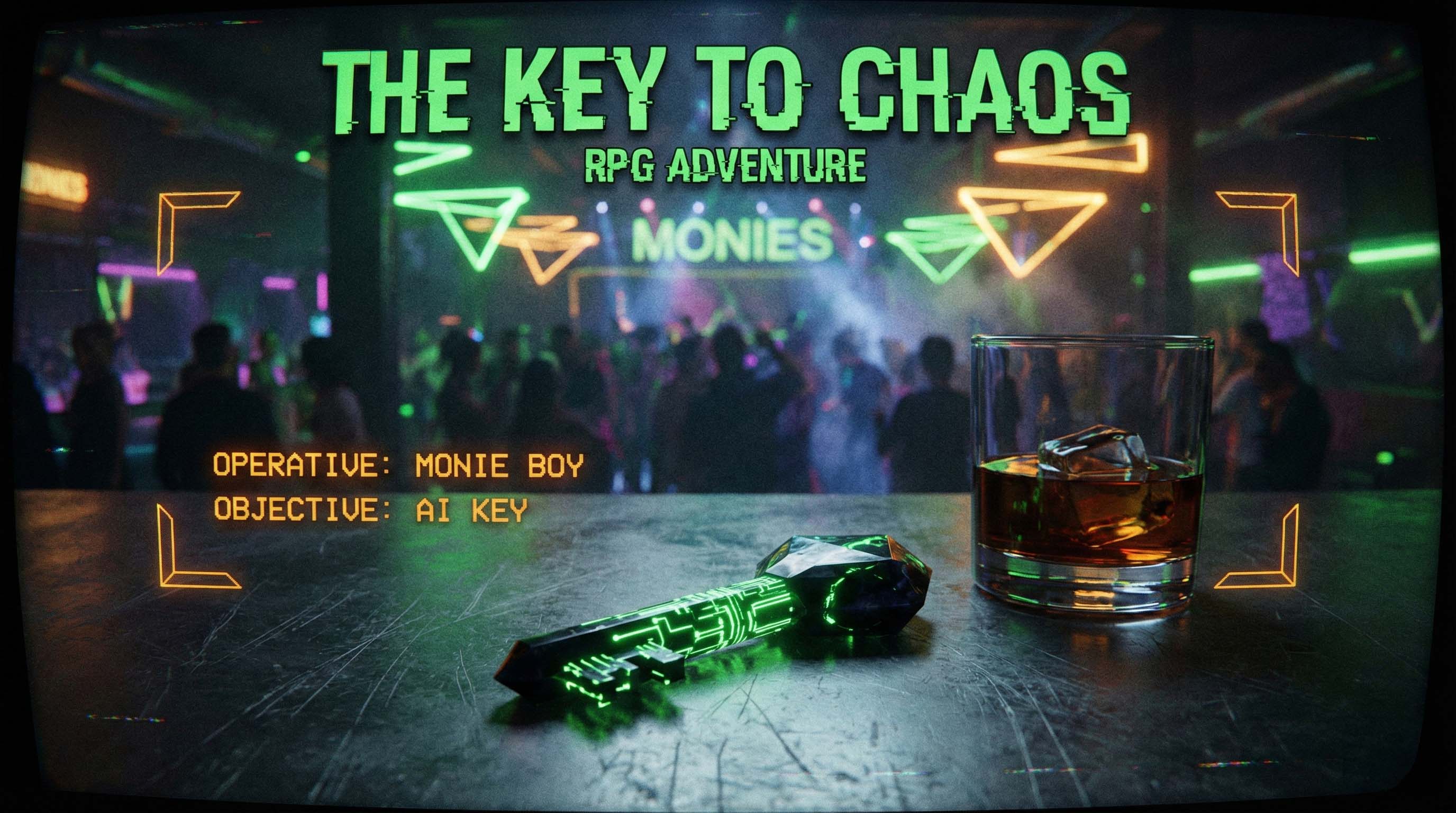
“Plot is no more than footprints left in the snow after your characters have run by on their way to incredible destinations.” – Ray Bradbury
Whether you're writing a movie or running a tabletop adventure, every great scene—every memorable moment—follows the same core structure. It’s not just about plot. It’s about rhythm. Tension. Motion.
And oddly enough, one of the best tools to teach it?
Let’s break it down:
That’s it. Seven simple beats that tell a full story. And it isn’t just for children’s poems—it’s the skeleton key to every great encounter, scene, and arc you’ll ever run as a Game Master.
Let’s lay them out plainly:
You can start with any of the first three (character, plot, or setting), but the moment you introduce an antagonist or a threat, you must deliver conflict. Without it, you don’t have a story—you have a travelogue.
Once you hit conflict, the climax is inevitable, and resolution follows close behind.
Think of each scene as a mini-narrative. Then stack them together. Scene becomes session. Session becomes saga.
The opening scene of Jaws is pure Miss Muffet.
This perfect 90-second structure introduces tone, fear, and stakes without needing exposition. And it sets up the next scene with eerie efficiency: there’s no eyewitness. So the beaches stay open.
That’s masterful storytelling—and you can do the same at your table.
Apply the Miss Muffet Method to your next TTRPG encounter. Here's how it plays out in different genres:
Each scene tells a story. Each one builds your campaign.
Before your next session, look at your encounter notes. Ask:
If one element is missing, build it in.
Scenes without climax fall flat. Scenes without conflict stall.
Scenes without resolution? That’s how you lose emotional momentum.
This is more than just structure—it’s a weapon. A sharp, clean framework that makes your stories hit harder and stick longer.
Use it.
Sharpen your session.
And the next time you design an encounter, remember: even a rhyme about curds and whey can hold the blueprint to a cinematic, unforgettable moment at your table.

